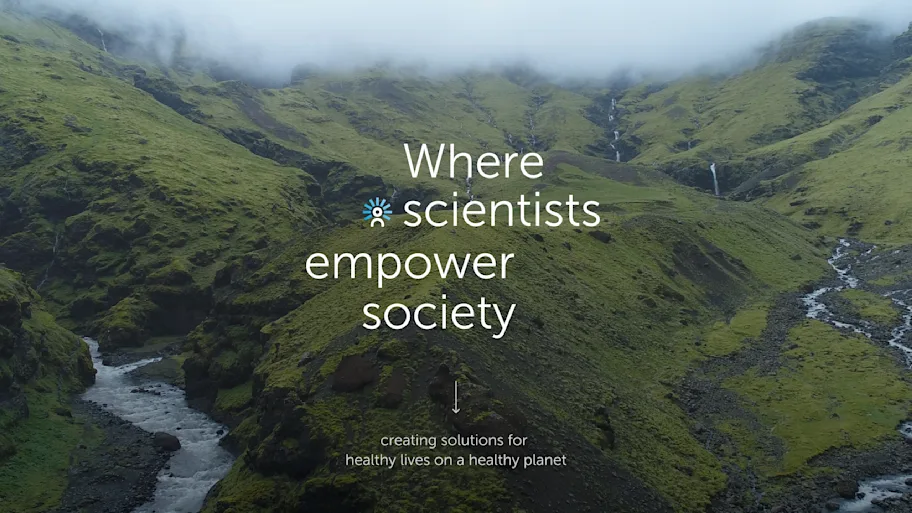
- Science News
- Research Topics
- Shaping the future: must-read Research Topic on children’s issues
Shaping the future: must-read Research Topic on children’s issues

Despite notable progress, society still needs to take decisive action to secure a better future for children. While one in three child-related Sustainable Development Goal (SDG) indicators is on track, projections show that by 2030, only one in four children will live in countries meeting 70% of these targets.
At the same time, the world is becoming increasingly risky for kids. A "perfect storm" of crises—including economic downturns, climate change, health emergencies, and escalating conflicts—is disproportionately affecting children worldwide.
This year's World Children's Day theme urges society to "listen to the future," using children's rights as a guiding principle for a better world. It also calls on us to honor children's right to self-expression, recognize their visions for a better world, and incorporate their priorities into present-day initiatives. World Children's Day also offers a unique opportunity for a wide range of stakeholders—from parents and teachers to government leaders and young people—to advocate for children's rights and turn their ideas into meaningful action.
Investing in children today is not only a moral imperative but a strategic choice for a sustainable future. To support this vision, we've curated Research Topics that explore issues like the impact of parental mental health on kids, the effects of solitude in infancy, and patterns of internet use among children and adolescents.
All articles are freely available to view and download.
1 | Internet Use and Psychological Well-Being Among Children and Adolescents
45.800 views | 10 articles
This Research Topic explores the link between internet use (by both children and their parents) and the psychological well-being of children and adolescents. The findings provide valuable insights that can guide the creation of effective intervention programs to reduce excessive internet use among children and parents, helping to prevent mental health issues in young people.
Internet use, including smartphone and social media use, has become pervasive in daily life, significantly impacting human well-being. Today's adolescents and their parents spend considerable amounts of time on digital devices, particularly smartphones.
Research reveals that nearly half of American teenagers report using the Internet "almost constantly," with 95% owning smartphones and around 54% stating that it would be "somewhat hard" to give up social media. These statistics underscore the importance of further research into the connection between Internet use and psychological well-being among children and adolescents.
2 | Parents with Mental and/or Substance Use Disorders and their Children, Volume III
40.000 views | 31 articles
This Research Topic highlights recent research on interventions for families affected by mental and substance use disorders, addressing the needs of family members - parents, children, and adolescents. It covers policy issues relevant to these families, along with testable and tested strategies for change, and highlights specific target populations, such as fathers, young adults, and parents with disabilities. Additionally, it explores innovative approaches for knowledge translation and dissemination aimed at improving outcomes for vulnerable family members of all ages.
Although there is valuable knowledge to guide policy and practice, much of it is underused, limiting its potential to drive innovation and change. This emphasizes the need for stronger efforts in sharing and applying this knowledge to improve public mental health.
Families living with parental mental and/or substance use disorders face substantial biopsychosocial challenges and require complex, multifaceted approaches to reduce risk, build resilience, and support recovery.
3 | Mental Health in Children and Adolescents with a Refugee Background
28.900 views | 11 articles
This Research Topic examines appropriate assessment tools and trauma-focused treatments for refugees, with a focus on trauma (including experiences during migration), psychopathology (e.g., PTSD, grief), cultural factors, and refugee-specific stressors in resettlement countries (e.g., the asylum process). It also addresses developmental factors in refugee children and adolescents that may significantly influence the onset and persistence of symptoms.
According to the UN Refugee Agency, a record-breaking 100 million people worldwide are currently refugees or forcibly displaced. Half of all refugees are children or adolescents, many of whom have lost key aspects of their lives that once provided safety and control.
Despite the scale of this crisis, there remains limited knowledge about the traumatic experiences refugees face before and during migration, the mental health risks and protective factors, and the impact of daily stressors on the mental health of refugee children and adolescents (including those internally displaced) worldwide.
4 | Causes and Consequences of Solitude in Children and Adolescents
23.200 views | 10 articles
This Research Topic provides a wide range of perspectives and robust empirical research evidence to inform ongoing discussions on the topic of solitude in children and adolescents.
There is widespread concern that spending excessive time alone may deprive children and adolescents of critical, unique opportunities and benefits gained from peer interactions, while it is also thought to facilitate critical developmental skills, including individuation, self-regulation, and achieving a sense of autonomy, presenting something of a paradox that illustrates the complex nature of solitude and its relations with wellbeing.
Solitude is understood as both a physical and perceived separation from others. With advancements in virtual communication, contemporary definitions of solitude describe a state in which an individual is removed from opportunities for social interaction.






